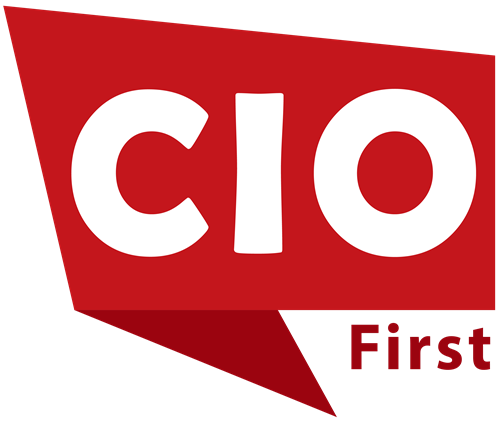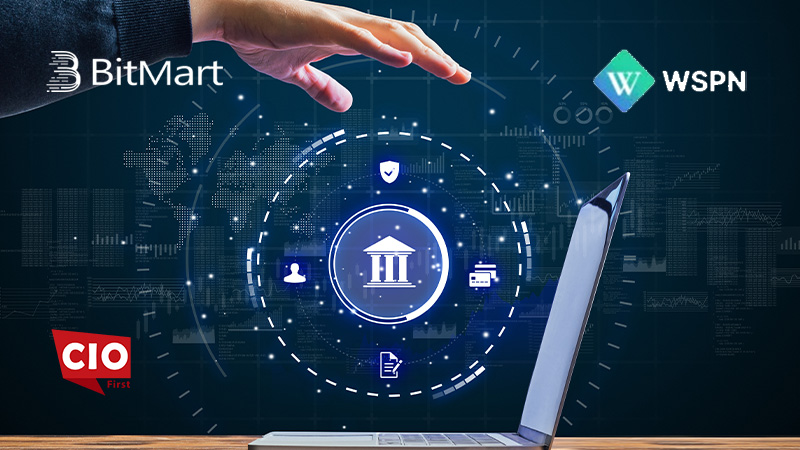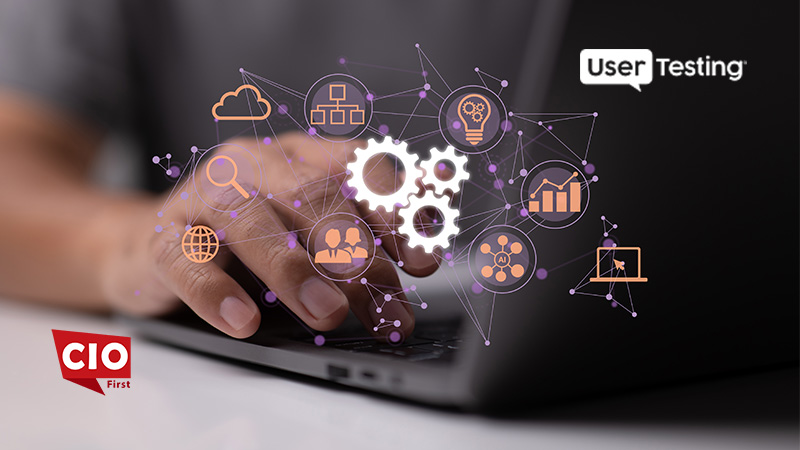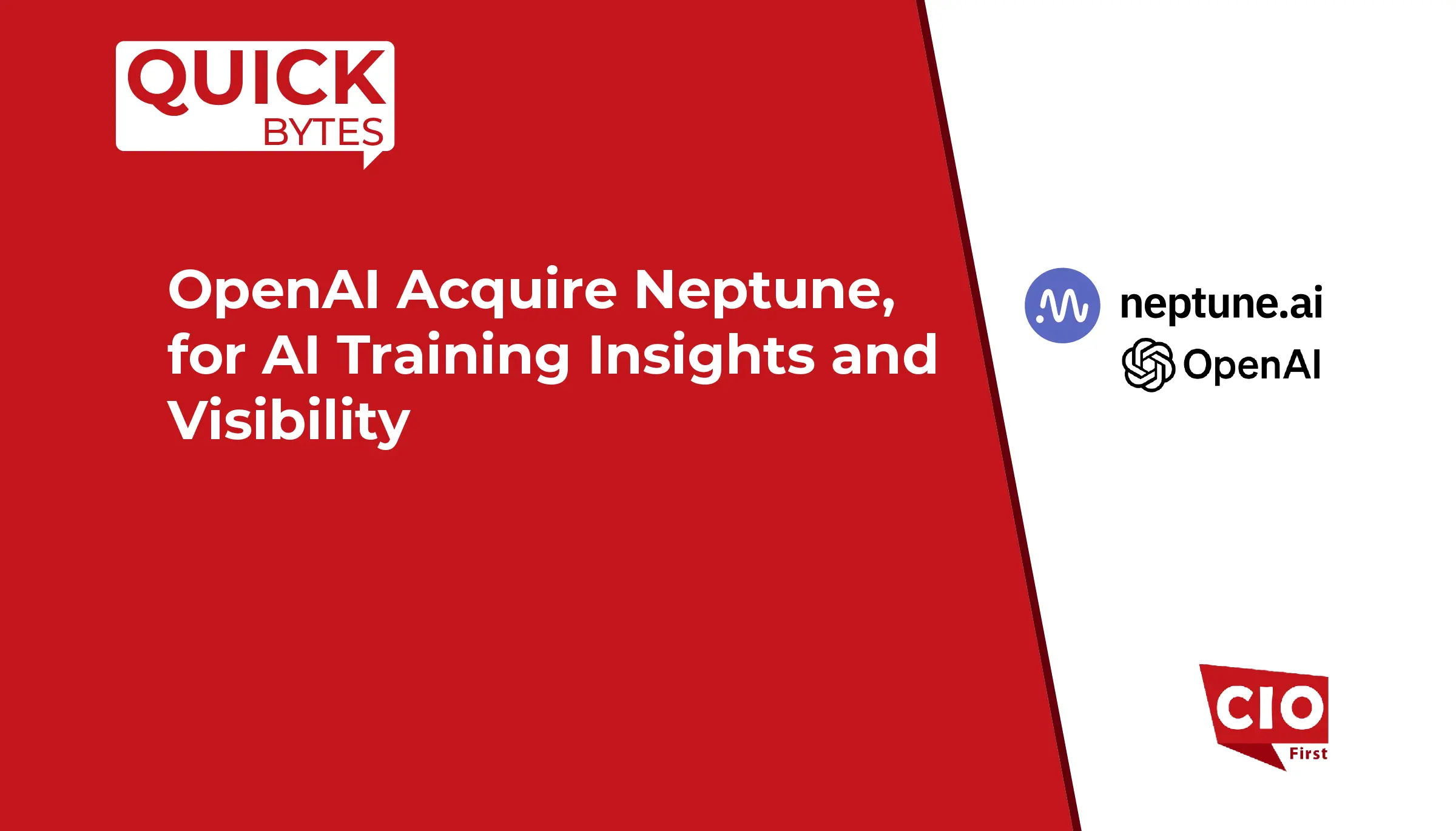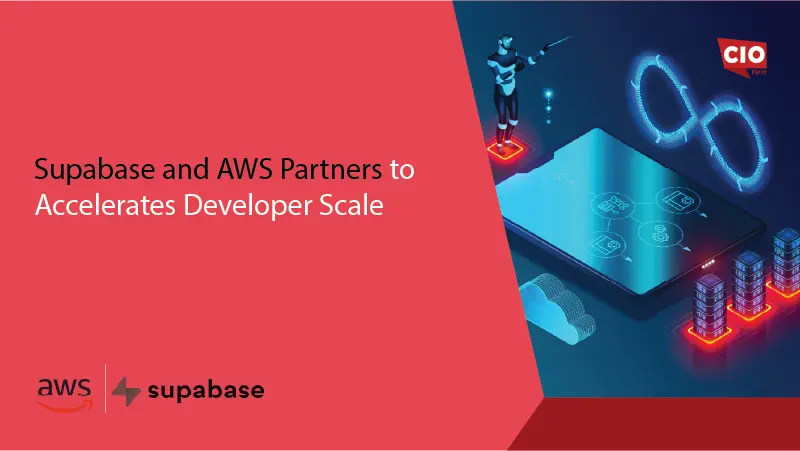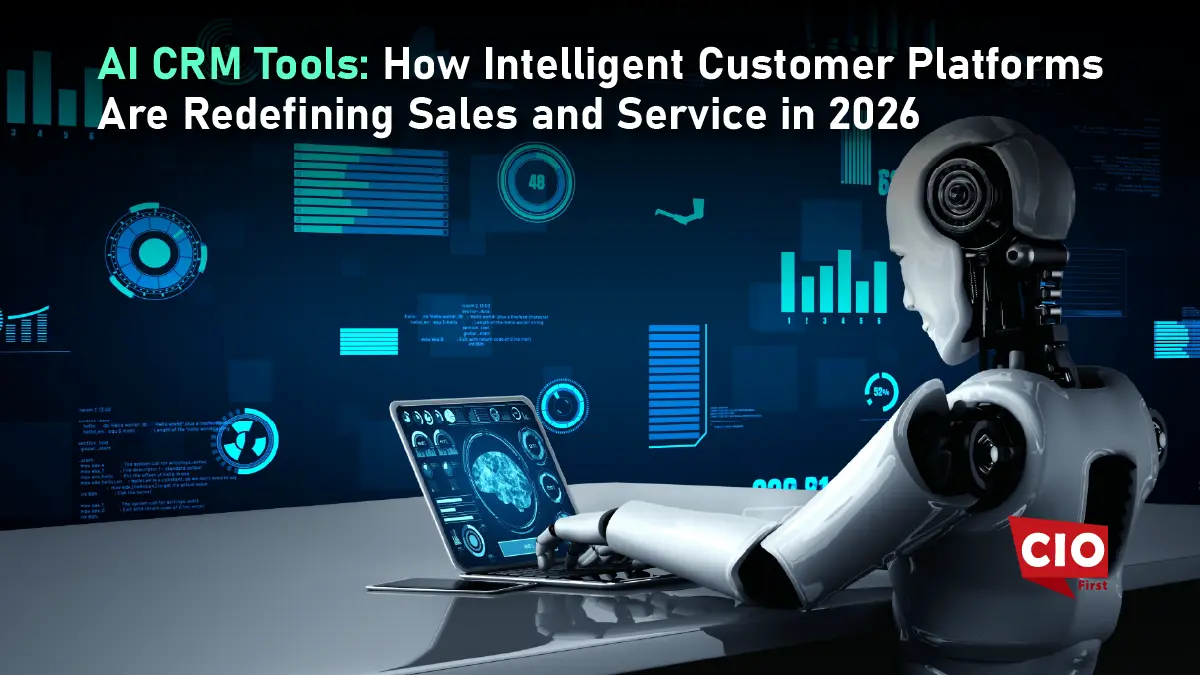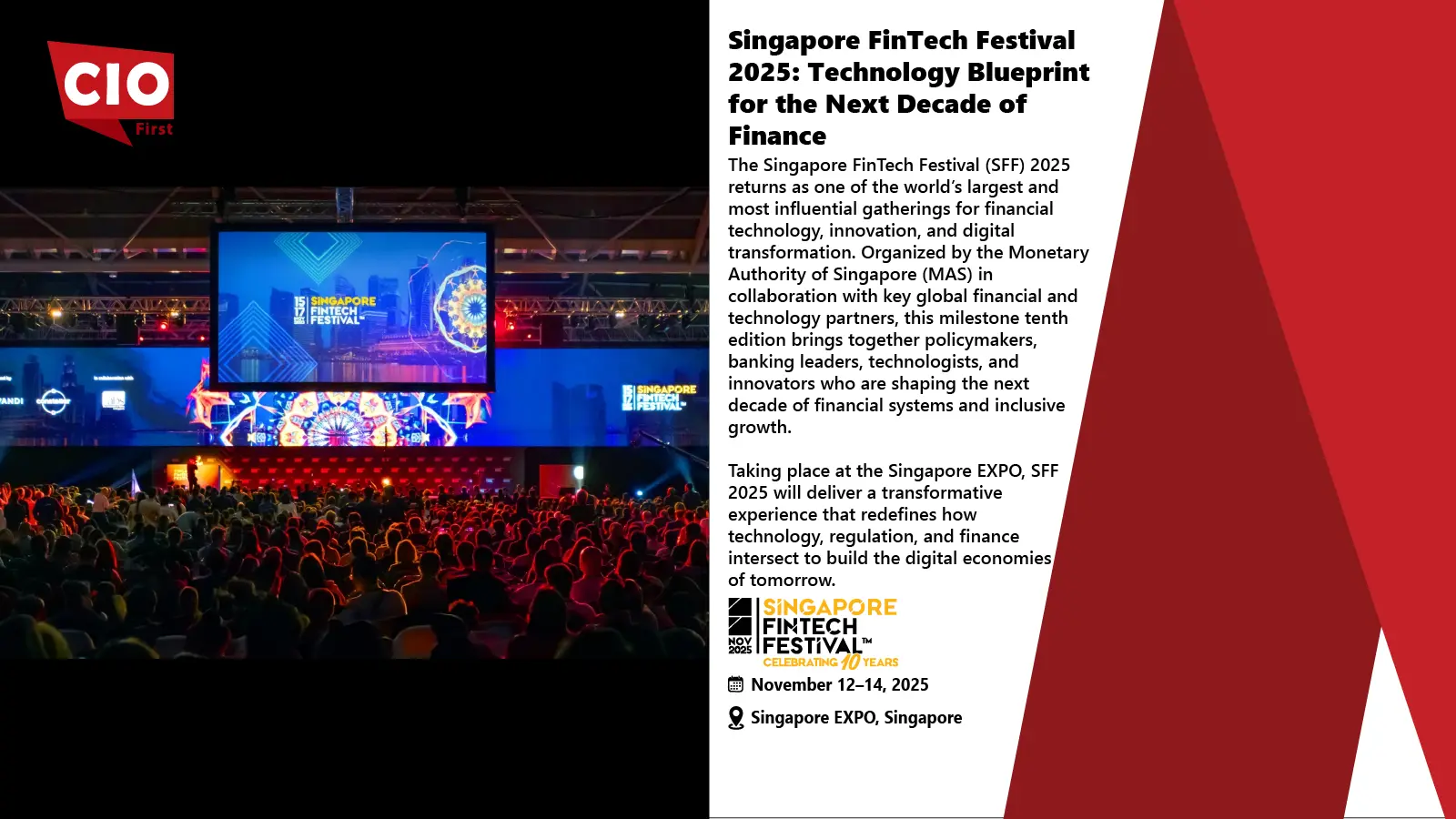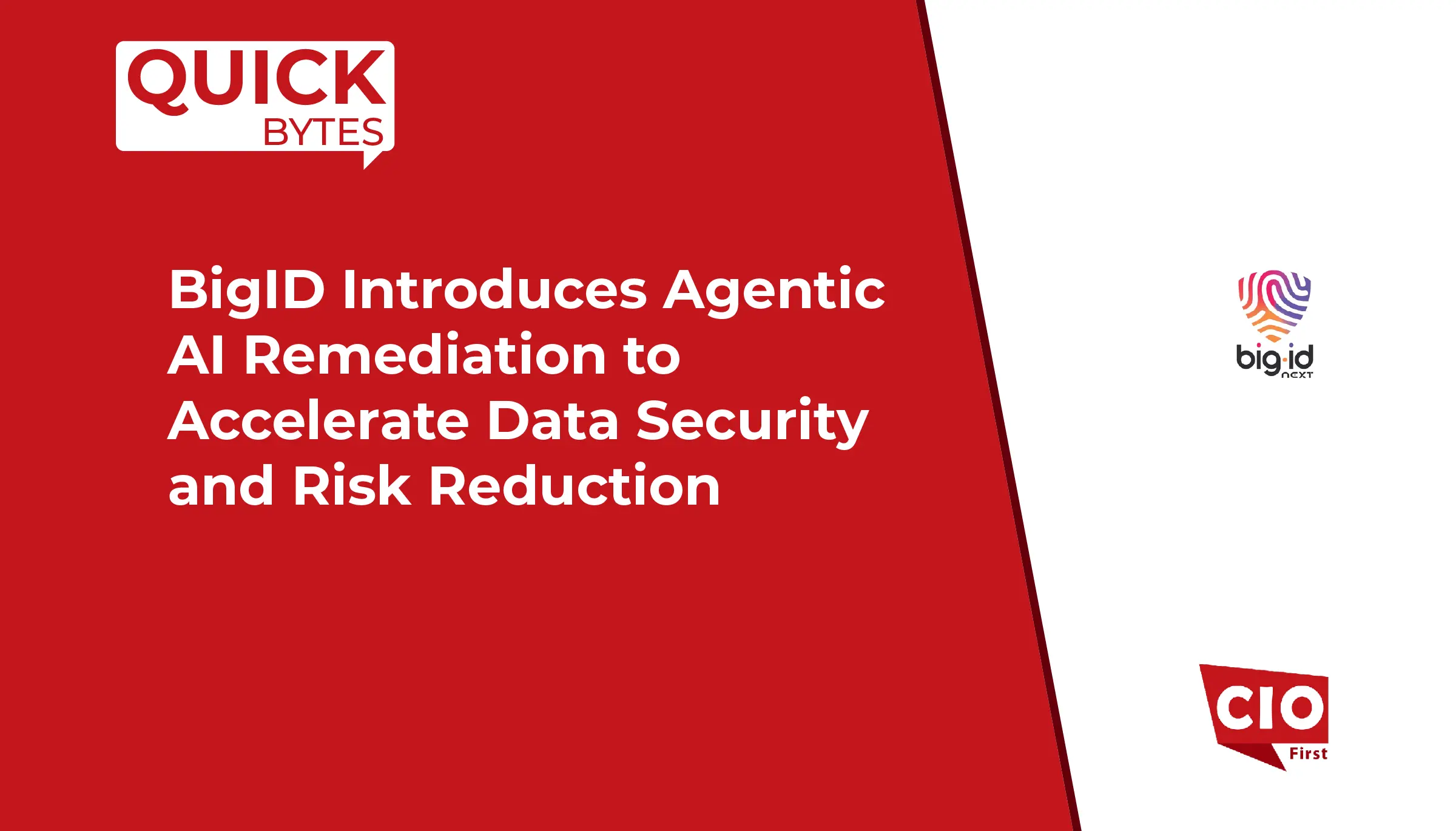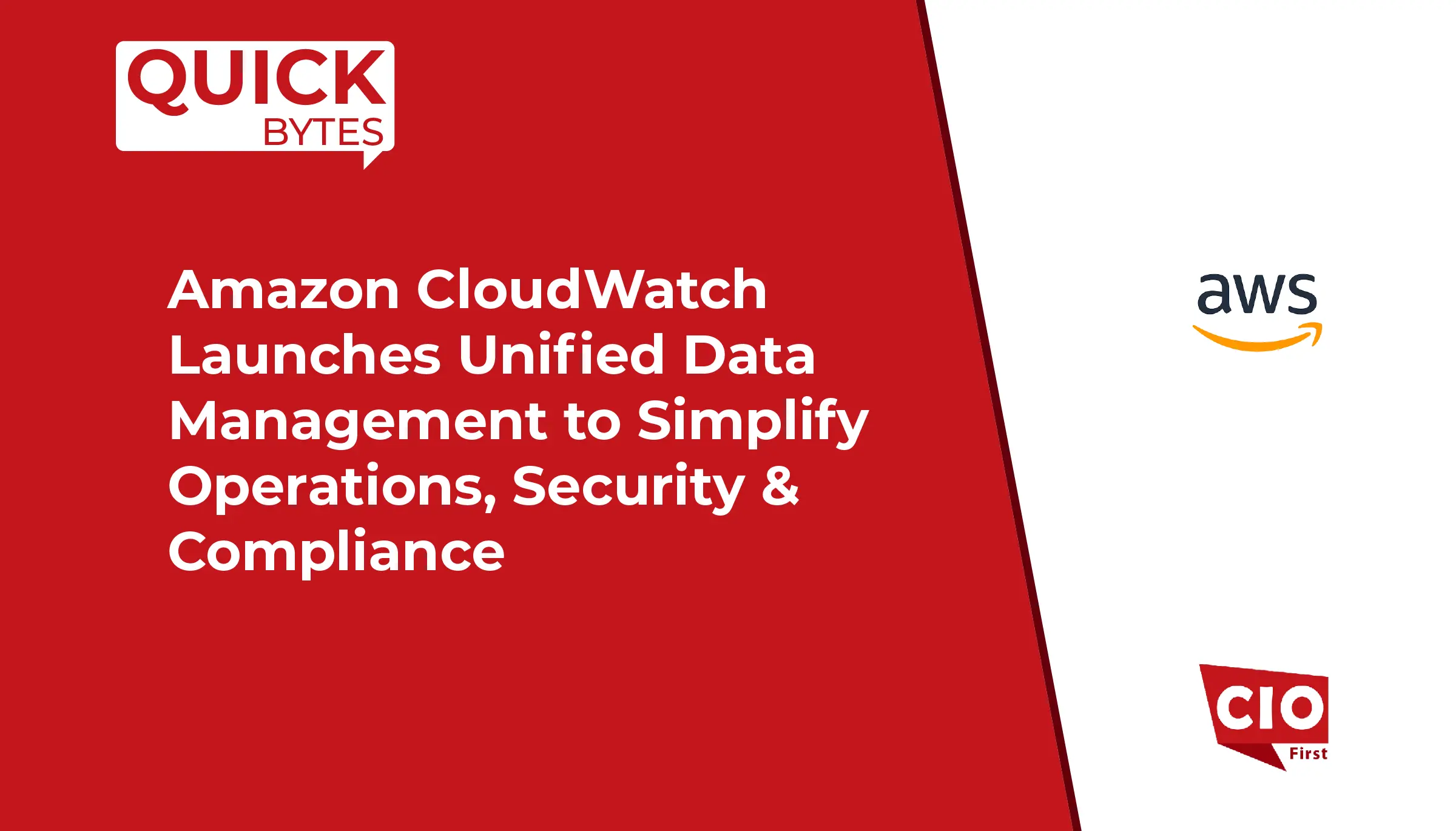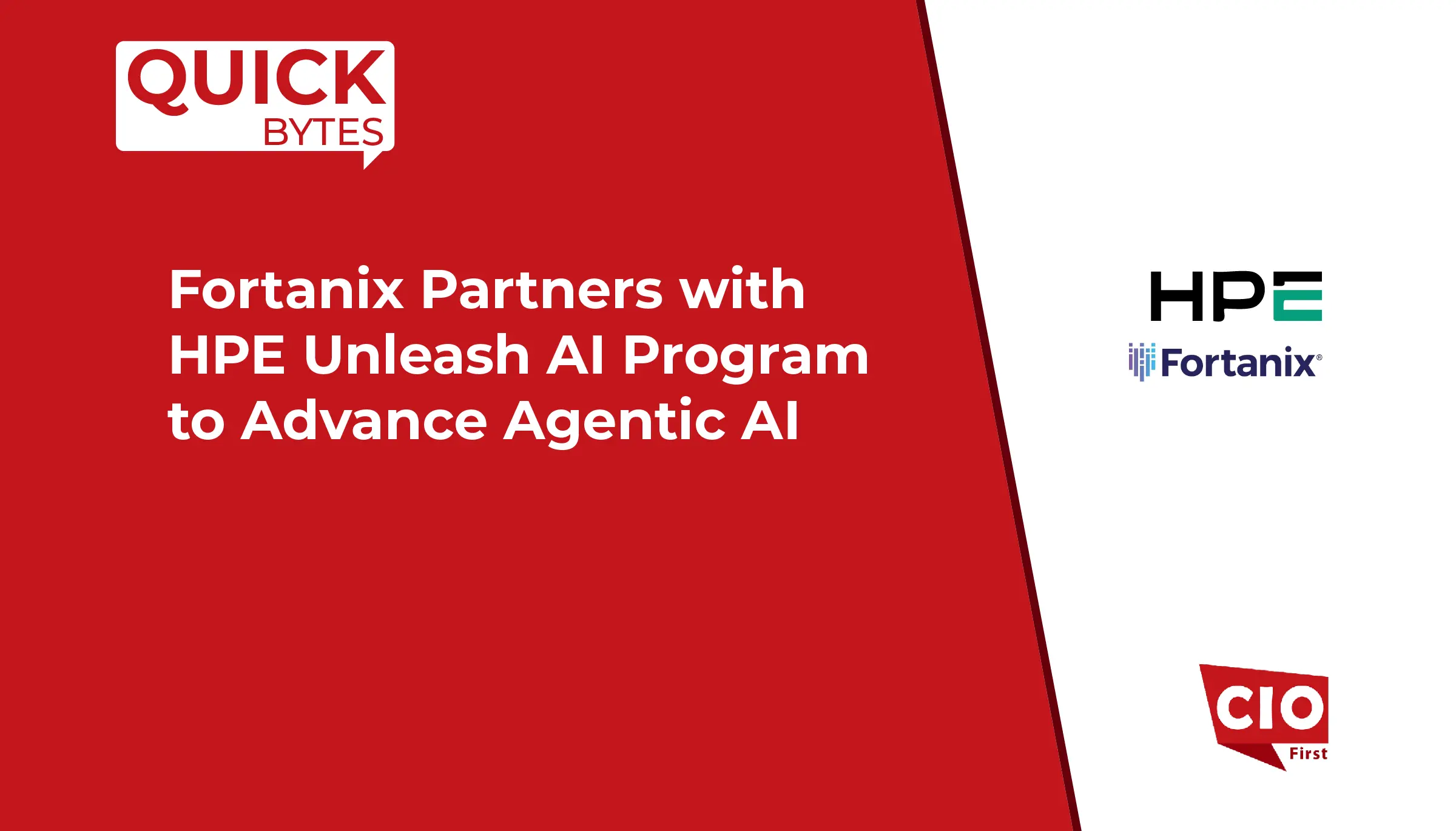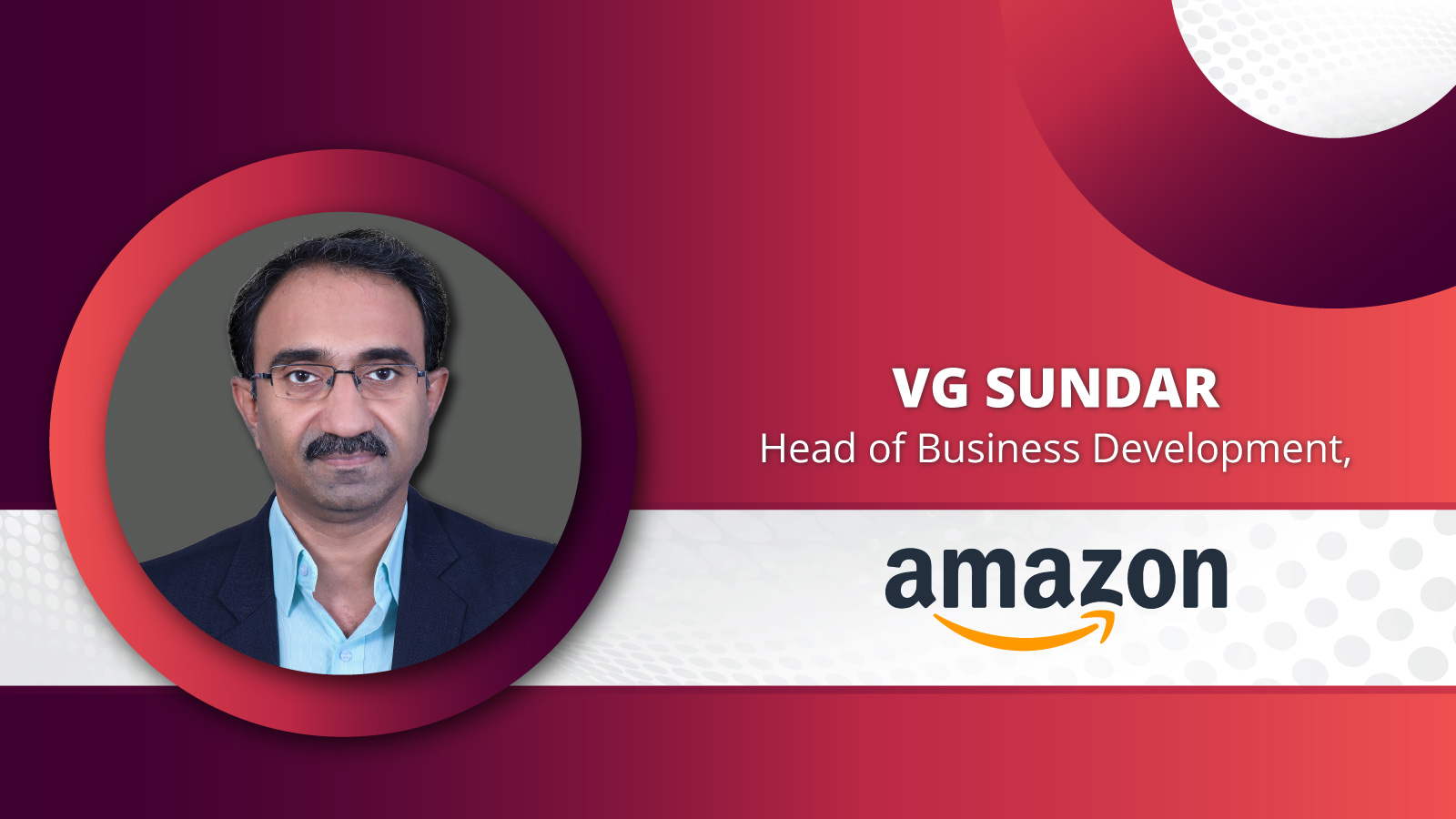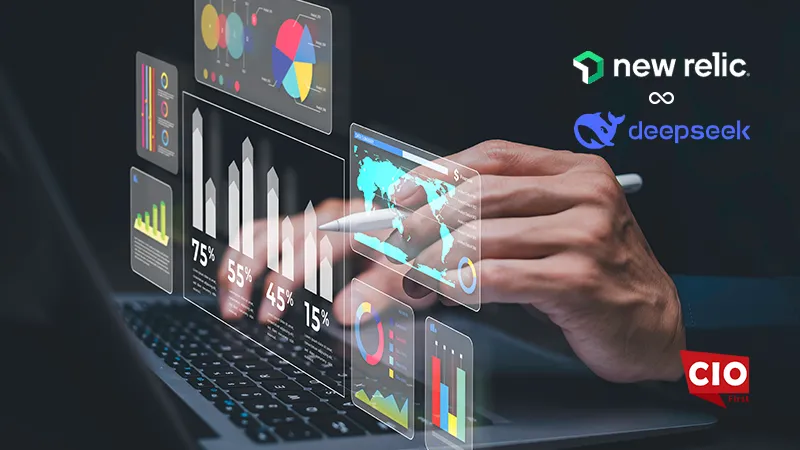Quantum computing is no longer confined to research labs or theoretical discussions. It is entering the enterprise conversation, not as a replacement for classical computing, but as a new layer of capability. For CIOs, this development presents both a challenge and an opportunity. The challenge lies in translating a complex, evolving technology into business value. The opportunity lies in using quantum applications to reshape competitive strategy before the market fully adjusts.
Quantum computing does not work like traditional systems. It is not about speed in the usual sense. It is about a different kind of problem-solving. While classical computers process information in binary states, quantum systems use qubits that can represent multiple states at once. This opens the door to solving problems that would be infeasible or time-prohibitive with current technology.
CIOs are beginning to see how this shift might be applied to areas that stretch the limits of traditional computation. These include optimization, simulation, cryptography, and complex pattern detection. What was once seen as experimental is now becoming part of long-term digital strategies.
Understanding the Quantum Opportunity
The interest in quantum computing is not about replacing existing infrastructure. It is about expanding what is possible. Quantum applications are being explored as complements to classical systems. CIOs are identifying areas where existing architectures hit limits, and where quantum tools could offer an advantage.
This interest often starts with internal exploration. IT leaders build relationships with quantum providers, establish research partnerships, and develop pilot programs that test specific use cases. These early steps are focused less on production outcomes and more on learning. The goal is to understand where quantum computing fits within the organization’s technology stack and how it can serve strategic priorities.
That exploration is a critical first move. It creates fluency across teams. It reveals friction points in current systems. And it prepares the organization to act when the technology reaches commercial readiness. For CIOs, this is a familiar path. Cloud computing followed a similar adoption arc. So did machine learning. The difference is that quantum may unlock categories of performance improvement that were not previously accessible.
Identifying High-Impact Use Cases
Not every problem requires quantum computing. Its power lies in solving problems that involve vast numbers of variables, multiple constraints, and enormous outcome permutations. These are often seen in areas like logistics, financial modeling, drug discovery, and cybersecurity.
CIOs are scanning the enterprise for processes where traditional systems either underperform or scale inefficiently. They are asking where optimization problems exist that go beyond standard linear models. They are reviewing simulations that require too much time or computing power to run effectively on classical machines. In June 2023, Microsoft unveiled Azure Quantum Elements, a platform that combines quantum computing, AI, and HPC to accelerate scientific discovery. It enabled the modeling of 32 million materials in partnership with the Pacific Northwest National Laboratory, identifying a potential alternative to lithium-ion batteries. The platform also introduced generative chemistry tools and quantum-enhanced simulations, showcasing how quantum applications can drive real-world innovation.
This does not mean shifting workloads overnight. It means layering quantum capabilities into specific workflows and comparing results. The insights gained from these experiments shape future investment. They help CIOs determine where quantum computing can make a measurable impact on operational efficiency, innovation speed, or decision-making quality.
The most forward-looking leaders are also thinking about competitive dynamics. If quantum computing can reduce time-to-insight in one critical area, what happens when competitors deploy it first? This is not about matching a trend. It is about avoiding a capability gap that may be difficult to close later.
Building Internal Alignment and Readiness

Introducing quantum computing into an enterprise architecture requires more than technical access. It demands internal readiness. That includes awareness, collaboration, and strategic clarity.
CIOs are working to build that readiness by educating senior leaders on the strategic implications of quantum technologies. They are engaging architecture teams to understand integration challenges. They are preparing security teams to evaluate risks and policies in a post-quantum landscape.
This work also involves setting realistic expectations. Quantum computing is not a general-purpose replacement for traditional systems. Its near-term value lies in specific applications, often supported by hybrid models that combine classical and quantum processing.
By framing quantum computing as a targeted capability rather than a broad transformation, CIOs are better able to guide investment decisions, prioritize use cases, and pace adoption. This avoids hype and ensures that resources are focused on solving real problems with practical methods.
Readiness also includes talent. Quantum computing requires a different skill set than most enterprise technologies. CIOs are assessing whether their teams need training, partnerships, or new hires to support early experimentation. They are also evaluating external resources and platforms that offer quantum access through cloud-based services.
Also Read: Distributed Database vs. Centralized Database: Which Is Right for Your Business?
From Experimentation to Strategic Integration
Once early use cases show promise, CIOs begin thinking about integration. This is not simply about technical deployment. It is about weaving quantum tools into broader workflows and ensuring their outputs are usable, interpretable, and aligned with business goals.
Strategic integration often involves the creation of hybrid pipelines. In December 2024, IonQ introduced its enterprise-grade Quantum OS and Hybrid Services suite. This upgrade significantly improved quantum computing’s performance for commercial applications by reducing on-system classical overhead by over 50%, speeding up time-to-solution for quantum workloads. The Hybrid Services suite also enables seamless integration of quantum and classical computing resources, making hybrid workload development and deployment more efficient.
In these hybrid models, classical systems handle standard processes, while quantum modules address specific problems within the pipeline. The results then feed back into the broader system. This creates a feedback loop where quantum advantages are leveraged without disrupting the entire architecture.
This stage also brings visibility. Business units start to see where quantum computing might help solve their problems. Data science teams begin to engage with quantum algorithms. Security leaders ask how quantum impacts encryption strategies. Product teams explore how enhanced modeling or faster insights might lead to differentiation.
These conversations help CIOs shift the perception of quantum computing from research to revenue. They make the technology more tangible, accessible, and relevant to non-technical stakeholders.
Risk, Security, and Governance in a Quantum Context
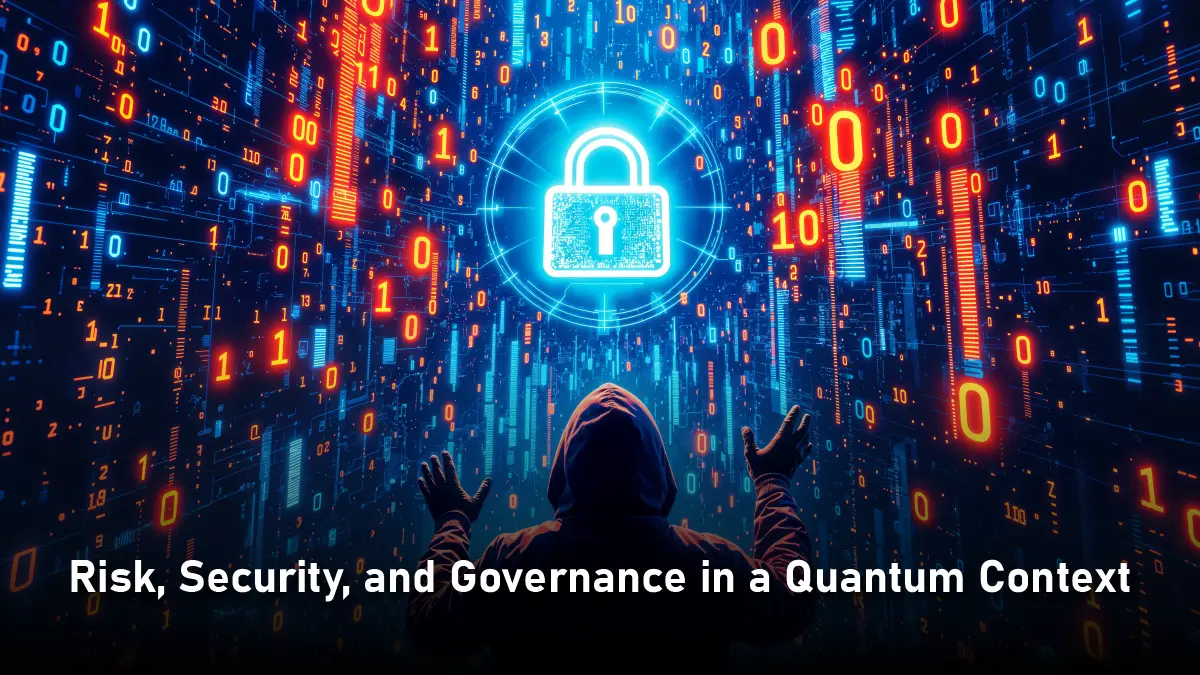
As quantum applications begin to find their place within enterprise strategies, CIOs are also looking at the risks. With any emerging technology, responsible implementation matters as much as potential upside. In the case of quantum, security and governance require special attention.
One of the most discussed concerns is the potential impact of quantum computing on current encryption methods. The ability of quantum systems to solve certain mathematical problems faster than classical systems introduces questions about long-term data protection. Even though large-scale quantum computers capable of breaking standard encryption are not yet operational, the shift in threat models is already underway.
CIOs are preparing by evaluating post-quantum cryptography standards, assessing encryption protocols, and identifying systems that may require future upgrades. They are not waiting for disruption. They are beginning the groundwork to ensure continuity when the shift arrives.
Governance is another key area. As quantum capabilities enter enterprise environments, questions arise around data ownership, algorithm transparency, and compliance. CIOs are working to ensure that experimentation is not isolated from oversight. Quantum applications must be accountable to the same standards as other technologies, especially in regulated industries.
This focus on governance extends to vendor relationships. CIOs are assessing how quantum service providers manage privacy, handle sensitive workloads, and offer audit capabilities. These details influence which partners are selected and how trust is built across the ecosystem.
Aligning Quantum with Business Strategy
For quantum applications to drive real advantage, they must connect with business strategy. Technical performance is only part of the equation. CIOs are responsible for ensuring that quantum investments support core objectives, whether those relate to efficiency, innovation, risk mitigation, or market differentiation.
This alignment requires more than technology planning. It requires executive engagement, business input, and a shared understanding of what quantum computing can and cannot do. CIOs are facilitating that conversation. They are translating complex capabilities into outcomes that matter to decision-makers.
That might mean demonstrating how quantum optimization can reduce operating costs in a logistics network. It might mean showing how quantum simulation can accelerate R&D cycles. It might mean exploring how quantum algorithms can detect patterns that improve fraud detection. Each use case must be tied to a problem the business cares about.
This alignment is also what makes quantum strategies durable. When technology supports a clear goal, it is easier to justify, fund, and expand. It avoids the trap of innovation for its own sake and focuses instead on measurable progress.
Navigating the Evolving Landscape
Quantum computing is not a static field. The pace of development is fast. New algorithms, new hardware models, and new service platforms continue to emerge. This dynamism makes strategy challenging. What works today may change tomorrow. What is a constraint now may be a solved problem in a year.
CIOs are building flexibility into their plans. That includes designing architectures that can evolve, choosing vendors that commit to interoperability, and adopting tools that support abstraction across platforms. These decisions help reduce lock-in and protect against shifts that would otherwise require major rework.
This flexible posture also extends to team development. As the technology changes, the skills needed to work with it change too. CIOs are focusing on building learning cultures where teams can explore new tools, adapt to new paradigms, and contribute to strategy development.
The goal is not to predict the future perfectly. It is to create a position of readiness where the organization can respond quickly to breakthroughs, partnerships, or changes in the competitive landscape.
Competitive Advantage Comes From Timing
In most technology shifts, timing matters. Being too early can tie up resources with limited return. Being too late can mean losing ground to faster movers. With quantum computing, the opportunity is to build just enough capability early, so that when the time comes to scale, the organization is ready.
CIOs are treating quantum not as a race but as a readiness challenge. The competitive advantage does not come from launching first. It comes from learning first, experimenting with intent, and preparing systems and teams to act when the opportunity expands.
This strategic posture separates leaders from observers. Companies that invest in quantum fluency today will be able to adopt faster, respond more confidently, and convert capability into value sooner than those who hesitate. That is what gives quantum its competitive edge. Not just the power of the machines, but the preparation behind their use.
Conclusion
Quantum computing is shifting from theory to strategy. For CIOs, it represents an opportunity to expand the limits of what enterprise technology can achieve. It brings new tools to problems that defy traditional approaches and creates a new space for innovation across operations, security, and analytics.
Success in this space does not come from chasing the trend. It comes from making deliberate moves, building internal capability, aligning with business goals, and staying close to developments in the ecosystem. CIOs who understand this are not just watching quantum evolve. They are shaping how it enters the enterprise. That leadership will define which organizations move first, adapt fastest, and realize the earliest returns in a post-quantum world.
